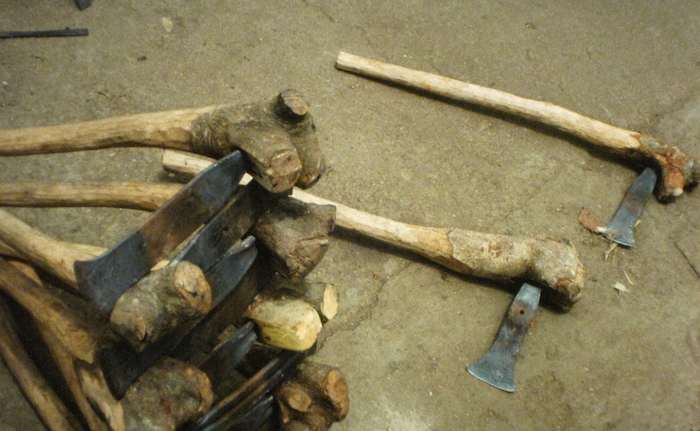As I mentioned previously, I will be posting on a topics raised by Paul Borawski, CEO, ASQ as part of ASQ Influential Voices. This month Paul’s post, New Bloggers, STEM & More, looks at the development of future engineers.
I have discussed this issue often, on one of my other blogs: Curious Cat Science and Engineering blog: Encouraging Curiosity in Kids, Passion for Mechanical Engineering (StoryCorps), Illusion of Explanatory Depth, Teaching Through Tinkering.
They are several critical paths to address in building our pipeline of future scientists and engineers. First we need to encourage kids to explore these areas. In my opinion, we currently do a pretty good job, sadly, of discouraging kids as much as we can. So reducing those barriers is key, then we need to actually build ways that help kids. We actually do have many good efforts in place to encourage kids to explore their natural curiosity (follow that link for tons of great organization: FIRST, Project Lead The Way, Engineering is Elementary, The Infinity Project etc.). This helps balance out the discouraging of students that our normal classrooms do. But the pool of kids we reach with these efforts now is far too small. And many are so turned off by our traditionally science education that no matter how much they enjoy outside science and engineering projects they are not willing to pursue science and engineering in school.
The next big area is undergraduate and graduate education. At this point we do a good job, for those willing to put up with the current model of education, which is not designed to encourage those who are interested. It is basically up to weed out any students not willing to put up with the current painful model of higher education for science and engineering. The system seems designed to wean out those who are not sufficiently willing to put up with the difficulties they are asked to face. If the only people that would benefit from science and engineering education are those that are willing to deal with the current system, then it might be fine. But I believe we have turned away hundreds of thousands of people that would have done great things with what they learned. I believe those that will not put themselves through the current system can offer great value. We will gain great benefits if we create a system that is designed to maximize the benefits to students.
There are good ideas for how to improve. But they are challenging. And we are not doing nearly enough experimenting to find good new models of engineering education. Some of my previous posts on science and engineering education: How the Practice and Instruction of Engineering Must Change – Webcast: Engineering Education in the 21st Century by William Wulf (National Academy of Engineering President), Improving Engineering Education (Olin College of Engineering Experiment), Reforming Engineering Education, Carnegie Foundation Calls for Overhaul of Engineering Education.





